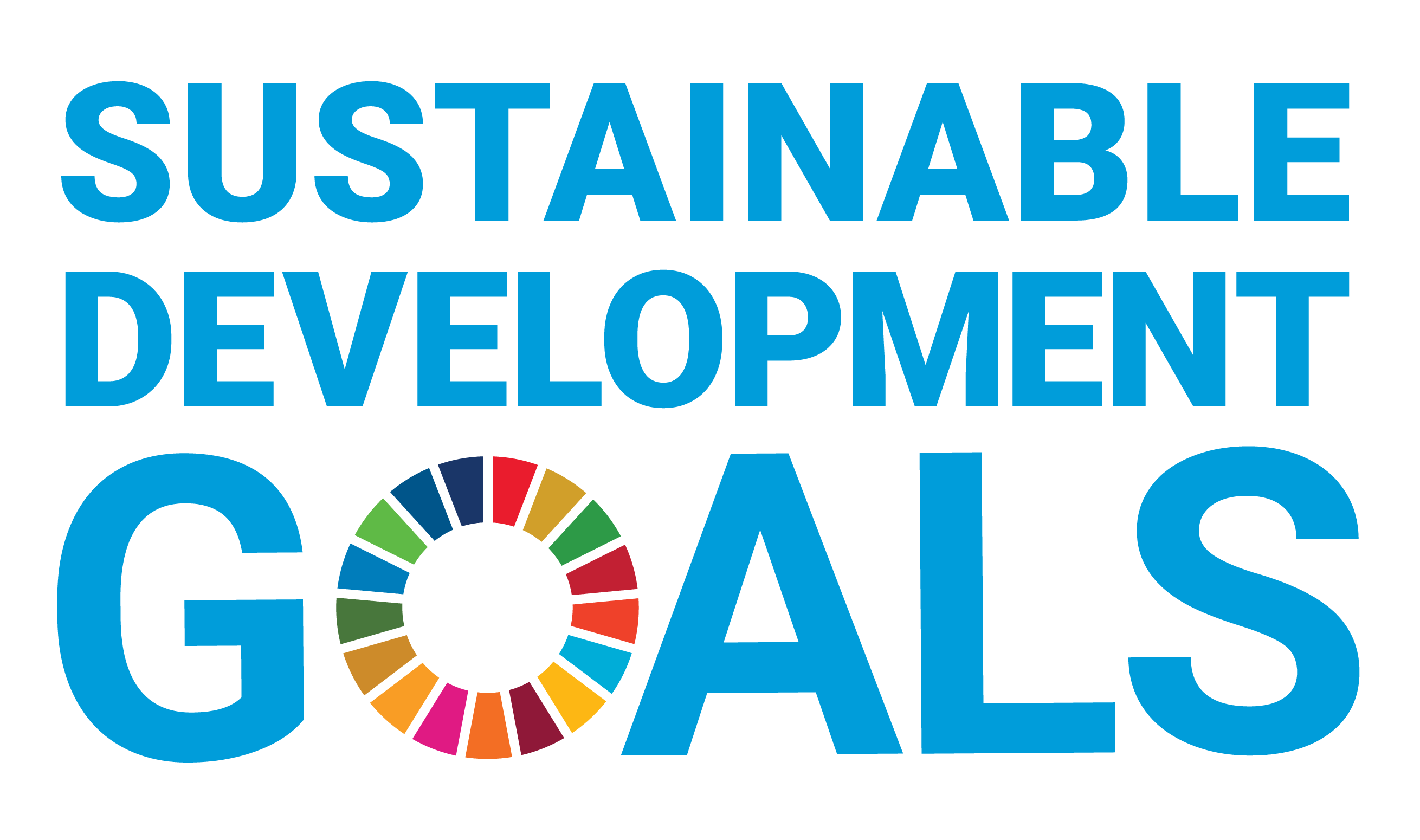Student Vulnerabilities and Confidence in Learning in the Context of the COVID-19 Pandemic
Document Type
Article
Publication Date
6-1-2022
Abstract
How did the onset of the COVID-19 pandemic impact student learning in higher education? Everywhere, Sars-CoV-2 struck hardest in the most disadvantaged communities. This paper asks whether the virus's disproportionate effect on more vulnerable groups is replicated among college and university students. Data come from approximately 3800 students studying at nine higher education institutions located in six different countries around the globe. Conventional imagery of the ‘Ivory Tower’ treats colleges and universities as cloistered academic spaces beyond the ‘real world.’ Such imagery suggests that the patterns of COVID-19 inequity seen in the general population might not hold within higher education. However, the composition of the post-secondary student body has become more diverse and more representative. This could mean that patterns of inequity from the general population might hold, although perhaps at muted strength, among college and university students. We investigate the higher education context, asking how the characteristics of students, such as their gender or family background, their digital access, and their living arrangements during the COVID-19 pandemic, impacted their self-reported ability to learn. The paper finds that students in more difficult situations – no study space, too much noise, and poorer health – reported greater disruption to their learning than did their peers who experienced fewer challenging living arrangements. Vulnerability, as measured by students in traditionally marginalized positions, had smaller impacts on student's confidence in learning.
Recommended Citation
Bartolic, S., Matzat, U., Tai, J., Burgess, J.L., Boud, D., Craig, H., Archibald, A., De Jaeger, A., Kaplan-Rakowski, R., Lutze-Mann, L., Polly, P., Roth, M., Heap, T., Agapito, J., & Guppy, N. (2022). Student vulnerabilities and confidence in learning in the context of the COVID-19 pandemic. Studies in Higher Education, 47(12), 2460-2472. https://doi.org/10.1080/03075079.2022.2081679



